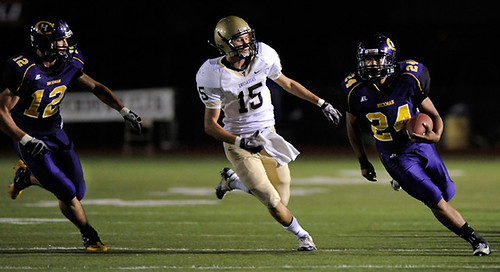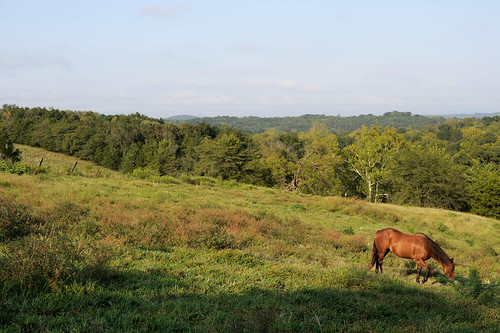First up. Bird by bird.
My book has 19 flags in four colors hanging out the side. We’re only four chapters in.
Each one of those flags marks a place where Anne Lamott wrote something so perfectly about the creative process – well, in her words, the writing process. But take out the word “writing” and put in “photograph” and we’ve got a manifesto, folks. Even in just the introduction, from her admission to seeing your name in print to the desires of her students to get published, but not necessarily to write, she’s nailed it on the head. All I could think about was my first day of class in Fundamentals, thinking, “Why am I in this class? I already HAVE experience. Can’t I move on and shoot for the paper already?” (Yes, I thought this. David Rees humbled me by the end of that first week.)
And I find it quite fitting that I’m so full of words and love for this book that it took me quite a while to sit here and actually write about it. All these words are just flying around my brain, trying to process everything that she writes about and I can’t quite make sense of it all. I bookmarked all those pages to try and remember pieces, but I think the most resonant idea that I can take away so far is that to write well – or in our case, to take good photographs – is to practice. To start small. Like our one day story project. Something simple to get us into the rhythm of making photographs that tell a story, so that by the time we’re faced with the final project, we’re already feeling the groove.
She likens the process to musicians. “What’s real is that if you do your scales every day, if you slowly try harder and harder pieces, if you listen to great musicians play music you love, you’ll get better.” (p.14) If we take photographs every day, if we try for more and more complex storytelling, and look at some amazing photographers’ work because we can’t get enough, we’ll all get better at telling the stories we need to tell.
And she tells us flat out – there will be shitty first drafts. We need those rough edits and first day’s takes to know where we are in a story and where we need to go. In order to kill our puppies, we need to have a brood to kill first. (For those of you who don’t understand that phrase, it has nothing to do with real killing. It’s more about editing out your most loved photograph because it doesn’t help the story along.) No photographer goes out on assignment and comes back with an entire take of portfolio quality images. It takes a first edit, and a second edit, and many times three or more edits to really discover the beauty in the full take.
The final chapter we were to read was on perfectionism. She writes, “Perfectionism means that you try to not leave so much mess to clean up. But clutter and mess show us that life is being lived.” (p. 28) I need to learn to embrace this idea that a little bit of mess can be a very good thing. I can get so nitpicky, so anal, so . . . perfect-obsessed about assignments and photographs and stories and portfolios and websites .and ohh, yeah. I need this. “… we need to make messes in order to find out who we are and why we are here – and by extension, what we’re supposed to be writing.”
And photographing.
Next. Langton.
I have to laugh here. The book on photojournalism makes me want to gouge my eyes out, and the book on writing has me dreaming about adventures. Not that Langton writes anything truly dull or incorrect, but that he’s writing about everything we hear, day in and day out, at a journalism school. Real people don’t talk about photojournalism like this. Yes, we talk at length about the importance – or the existence – of objectivity and symbolism in photographs, but outside of these walls, it’s just not so academic. He brings up some great points for discussion, how money drives the business while passion drives people, how editing can change the context and content of a story wildly, and how photographs can become icons and symbols out of context. I just wish it didn’t sound like a dissertation.
(Oh wait. I think it was one.)
And finally … the podcast.
Short, sweet and right to the point. Talent can only get you so far. You gotta put in the effort behind it to be really great. And when you start to reach that point, or at least understand it and work towards it, you’ll be noticed. Or we hope so. Do we put in enough hours in our program to get us on our way to really thinking about what we do and why we do it? What makes it good, and what makes it suck? Have we really devoted our lives to our craft, or are we coasting by on so-so grades and so-so effort?
But as we’ve seen on so many bad photographer’s websites – there needs to be a baseline of talent. That’s what will make you stand out among the crowd of time-investing enthusiasts. That little spark of brilliance we all know and see in each other every day.
















